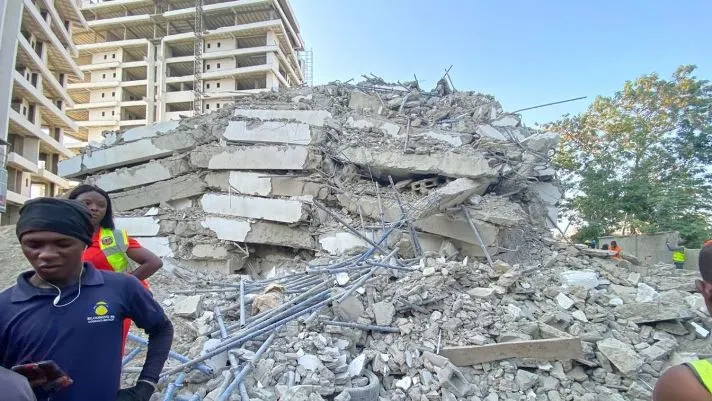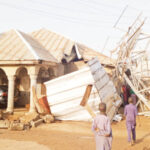Urban land use suitability was a very important criterion in the selection of the site for the Federal Capital City within the 8,000 square kilometer FCT size. These factors include human comfort, foundation suitability, slope, physiographic feature, visual amenity, soil drainage, iron pans, drainage density and vegetation type.
The City Land Use Plan which specifies what should be implemented; residential, commercial, recreational, greening and other land uses, were the product of these analyses. Thus, developments in contravention of the provisions of the Abuja land use plan would have untold repercussions, either immediate or in the long run.
According to the pioneer Director of FCDA Land Planning and Surveys, Late Usman Sabo Ago, of blessed memory, a soil investigation report was submitted by Daral Handasah, an internationally renowned Engineering firm, that the place popularly referred to as Minister’s Hill was assigned for greening, because of the soil instability.
It was predicted that the hill was susceptible to landslides. But at the early stage of the City development, ministerial approval was granted for a change of the land use for residential purposes without professional advice, which he refused to implement. That was what cost him his job at the FCDA in 1987. He was vindicated much later in 2015 when a landslide occurred at the foot of the hill and claimed the life of a construction worker.
- Man bags 7 years imprisonment for attempted robbery
- Ndume to CBN: Focus on monetary stability, inflation
The Federal Housing Authority (FHA) Gwarinpa II Housing Estate sometimes ago was arguably referred to as the largest single housing estate in West Africa. It constitutes two districts in Phase III of the City development, the Bunkoro and Wupa, and was allocated to the FHA by the FCT Administration.
The FCTA also ceded the powers for individual allocations and the Development Control to the FHA but to ensure compliance with approved land use. Unfortunately, the estate recorded many buildings collapse for so many reasons, such that a revisit of the ceded powers by the FCTA was under consideration after the last incident.
In February 2023, one of the most catastrophic building collapses in Abuja occurred at the 6th Avenue of the FHA Gwarinpa II Estate which trapped a total of 24 construction workers in the building with three suspended floors. At the end of the rescue operation which lasted almost 30 hours, 22 persons trapped were removed from the rubbles, while two lives were lost. At the end of the investigation to unravel the immediate and remote causes of the tragic incident many discoveries were made.
Initially, the land use for the strip of land constituting 6th Avenue was assigned for greening, obviously, due to the soil type. But a request was made by the FHA for the change of land use which was granted. Legally the land use provision was not violated, because of the official approval for the change. But official approval can’t change the land, nor deter the course of nature. Really, due to technological advancement even ocean fronts and rivers are claimed for property developments, but it must be under strict compliance with all the professional regulations.
In the course of the investigation, inputs were made by all the important stakeholders. The one submitted by the Nigerian Building and Road Research Institute (NIBRRI), summarized the cause to constitute; Poor workmanship and project management, use of substandard materials especially the reinforcement bars, lack of soil investigation to know the foundation type, none adherence to design specifications, lack of supervision by the appropriate authority, change of land use and addition of floor without proper structural analysis.
A particular revelation was the damning professional misconduct of the registered Engineer supervising the implementation of the project. He signed the undertaking with the FHA for the implementation of the project as approved and was responsible for any mishap from the development. Yet he left the site at the mercy of quacks and colluded with the property owner to add an additional floor with neither approval nor structural analysis. Also indicted were some of the authority’s staff for both professional and official misconduct.
Further revelations were the discovery of another ongoing building on four floors in the same neighbourhood, supervised by the same engineer. When the integrity test was conducted, it revealed the same characteristics as the one that collapsed. The report recommended its demolition, before the occurrence of another tragic incident, which was actually carried out.
It also recommended administrative disciplinary action on the erring staff members and with proper sanctions for professional misconduct on the site engineer by the concerned professional bodies. Also, the FCTA charged the security agency to commence the process of prosecution for manslaughter on those involved. (Concluded)

 Join Daily Trust WhatsApp Community For Quick Access To News and Happenings Around You.
Join Daily Trust WhatsApp Community For Quick Access To News and Happenings Around You.


